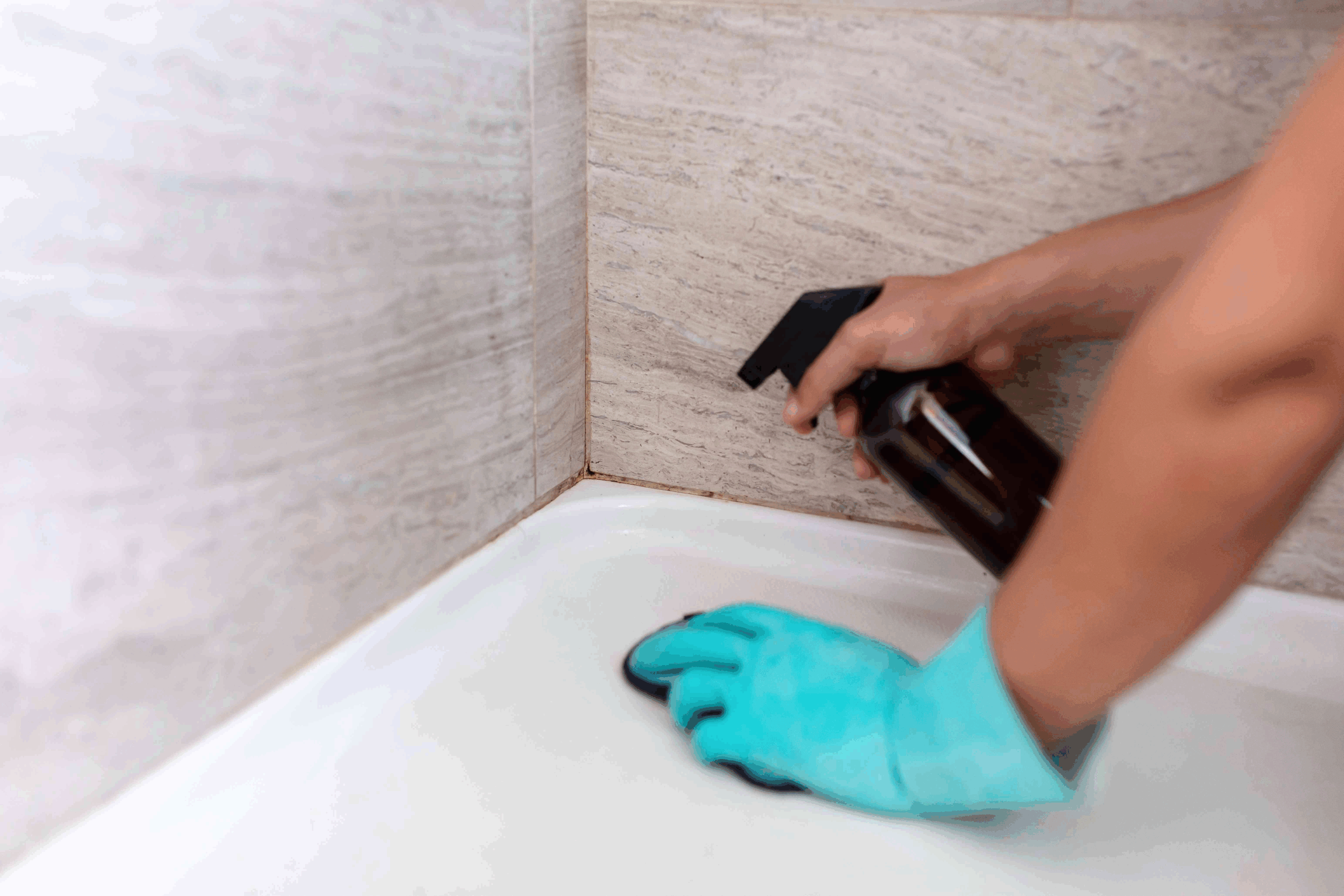Effective Pet Stain and Odor Removal Techniques for Pristine Carpets
Pet ownership brings joy, companionship, and a few inevitable messes—especially on your carpets. Whether you’re a new pet parent or a seasoned animal lover, dealing with accidents is part of the journey. Stains and odors left…


